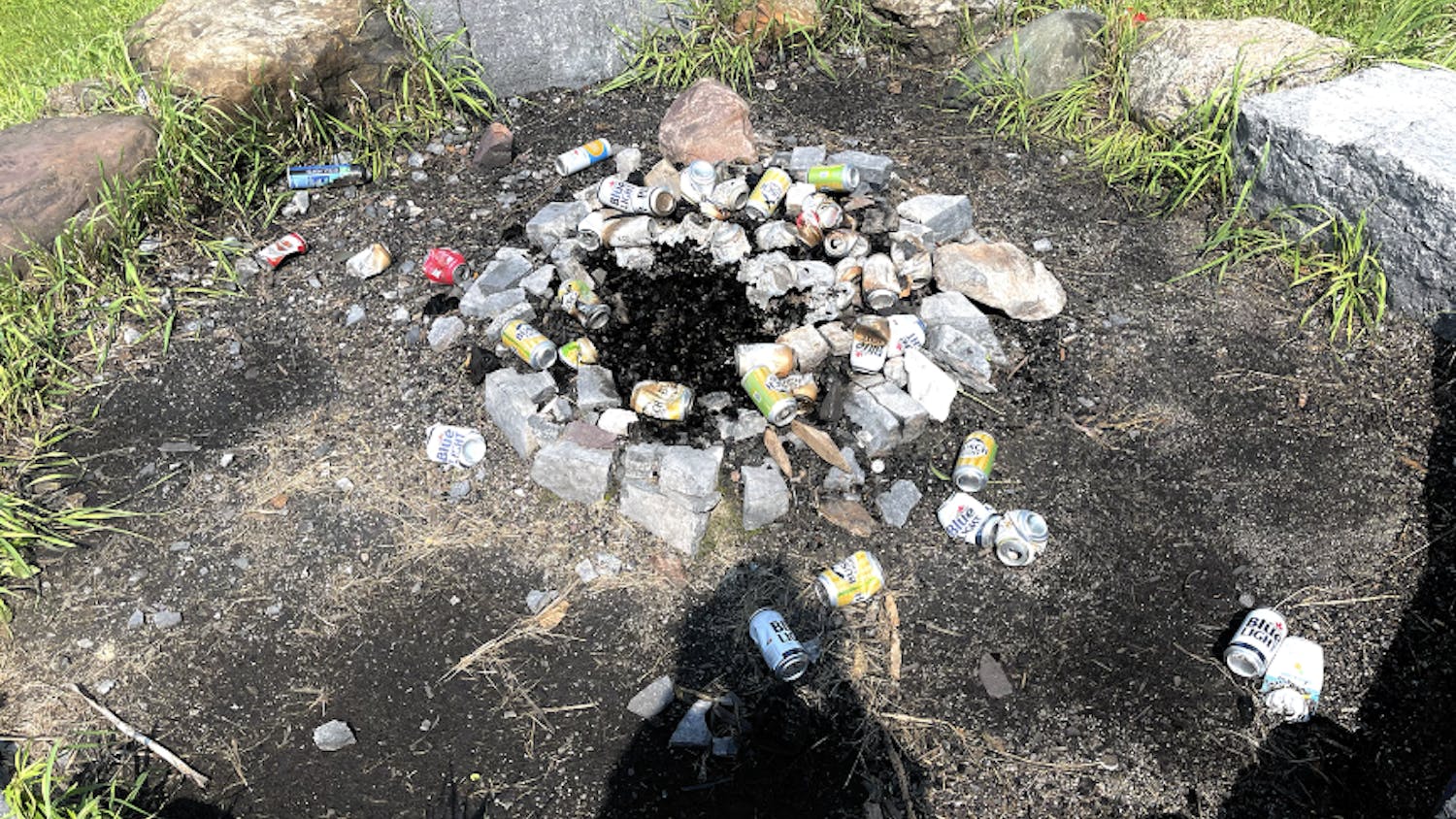Author: [no author name found]
Ambiguous Commons for an Ambivalent Community
We live on a changing campus. As each shovel of earth is lifted from the ground around the two newest building sites within College boundaries – at the new library and the Atwater Commons expansion – our campus grows ever closer to resembling the vision first articulated by Middlebury administrators more than 10 years ago.
This vision was twofold. First, it included a residential-based administrative system, residence halls linked together under a single name – the "commons." Supporting each of these housing commons would be a staff of deans and faculty heads, working to address student concerns in an environment more intimate and decentralized than could be offered by the Dean of Student Affairs office. The second component of this vision was an enhanced set of facilities for the College community, including an improved science facility and new library.
More than a decade later, this vision was realized in part with the completion of the Ross Dining facility and LaForce Hall, structures that achieved what is being hailed as Middlebury's first "fully-articulated" residential system. Despite the architectural heights reached in the construction of the Ross Commons extension, student reaction to Ross — and the commons system in general — remains complicated and, in some cases, very negative.
Much of this reaction stems from the uneven distribution of housing across the College's five commons. This is especially true for first-year students who, because of the nature of room draw, face great difficulty when they try to continue in that commons their second year. This is an unfortunate consequence of the system: Bonds that are forged with the commons through the intensive introduction to and immersion within the system are broken, dulling any connection a first-year student may have with her or his commons.
Such sentiment continues in subsequent years, and informs the choices a student makes when calculating where to live. This lends an artificial air to the commons system, which quickly changes from the intimate community imagined by College administrators 10 years ago to a means through which students can manipulate to find a better room or suite.
The fact that students identify the commons system largely by the rooms it provides or the food it offers should not be a revelation for administrators. Rather, such an identification should give commons and Old Chapel staff moment for reflection on a system that within the next five years will be an even more prevalent feature of student life and the lives of others in the College community.
In 1998 President McCardell charged a group of students, faculty and staff to evaluate the commons system and produce a report based on their findings. A similar document is to be completed this year by the Student Government Association. Commons and College administrators should pay great heed to this report. No doubt it will reveal great ambiguity on the part of students towards the meaning of the commons and their place within the system.
This ambiguity can be addressed by both administrators and students. Students, for their part, should in their years at the College focus on the elements of the commons that transcend housing, such as involvement on commons councils or serving as a junior counselor. Administrators, in turn, must realize that addressing student ambiguity implies focusing more on defining and spreading the meaning of "community" within a commons-based campus, and less on the construction of new dormitories.
EDITORIAL Ambiguous Commons for an Ambivalent Community
Comments



